Renault amplifies simple driving with Zoe revamp
As one of the most accomplished car manufacturers creating electric everyday cars, Renault has naturally re-introduced their Zoe model with a number of adjustments to make clean driving the natural choice

So quietly, with a minimum of drama, Renault has established itself as one of the most accomplished purveyors of everyday electric cars. It’s done this without the need for ebullient figureheads, stand-alone sub-brands, or even OTT styling (unless you count the eccentric little TWIZY two-seater). At time of writing, the French company’s pure electric range consists of just four models, two of which are commercial vehicles.
The four-door ZOE hatchback is therefore only conventional electric car that Renault makes, although it has a couple of plug-in hybrids (the CLIO and the CAPTUR – apologies for the shouty nomenclature) and some other pure EVs in the pipeline.
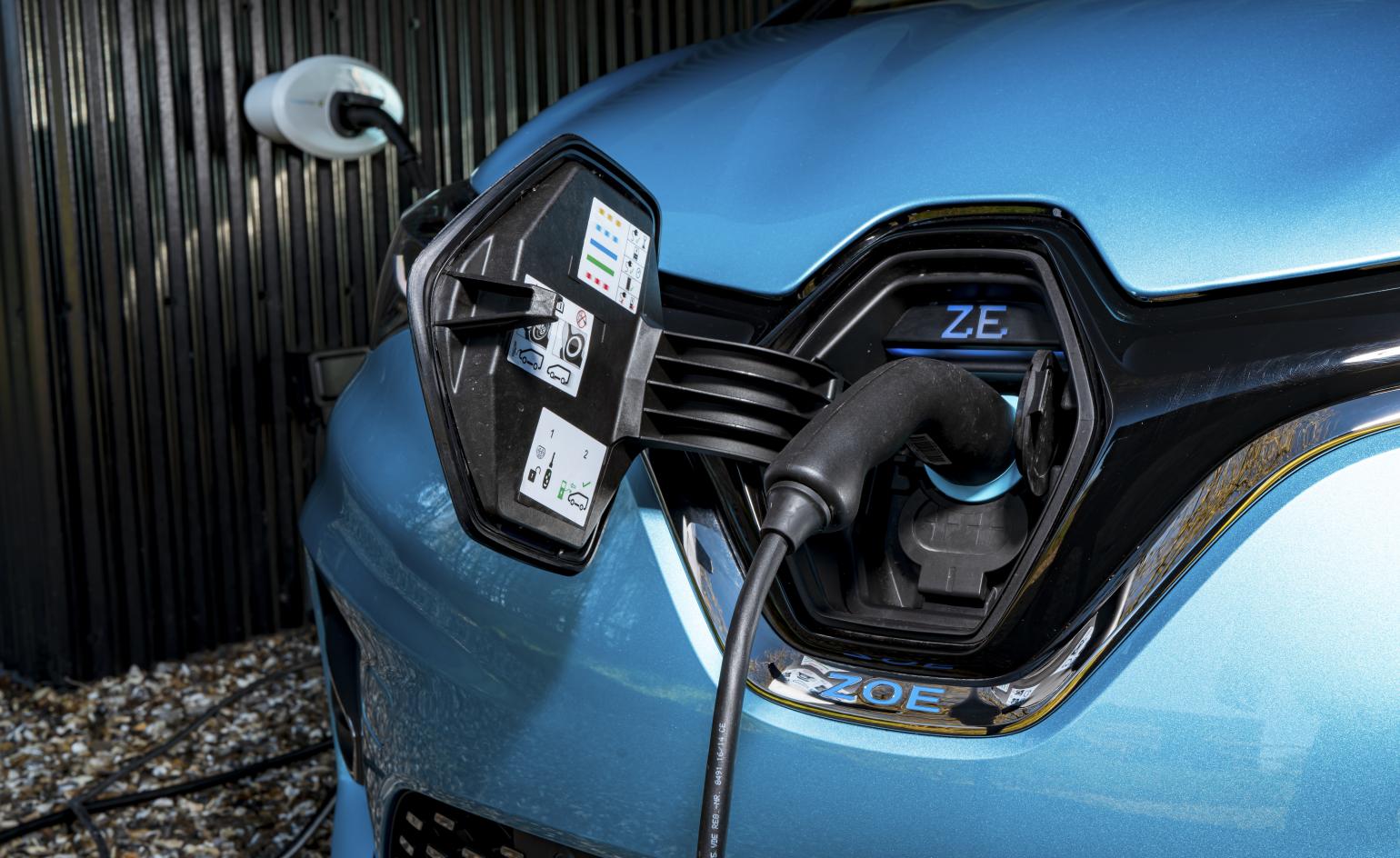
The ZOE sets a very credible standard. Updated and enhanced since its official launch in 2012, the ZOE recently got a battery boost and some other revisions to keep it feeling current. The new ZE 50 model has a range of up to 245 miles, a zippier electric motor and more advanced driver assistance technology, as well as some mild styling tweaks to keep it in line with the rest of the Renault range. The interior is especially improved, with a tablet-style central display improving on the original’s rather toy-like dashboard, as well as wireless phone charging.
Outside, it’s pretty conventional – one of the small number of stealthy EVs that doesn’t broadcast its zero-emissions capabilities and looks pretty much like any other car. That’s great for the cautious consumer who doesn’t want or need to make a statement, but it also keeps all the elements that are fundamentally right about compact car design in place, namely the practicality and function of four doors and a hatchback. There’s a slightly bulbous, jelly mould-type feel to the bodywork, for it’s actually a bit larger than it looks.
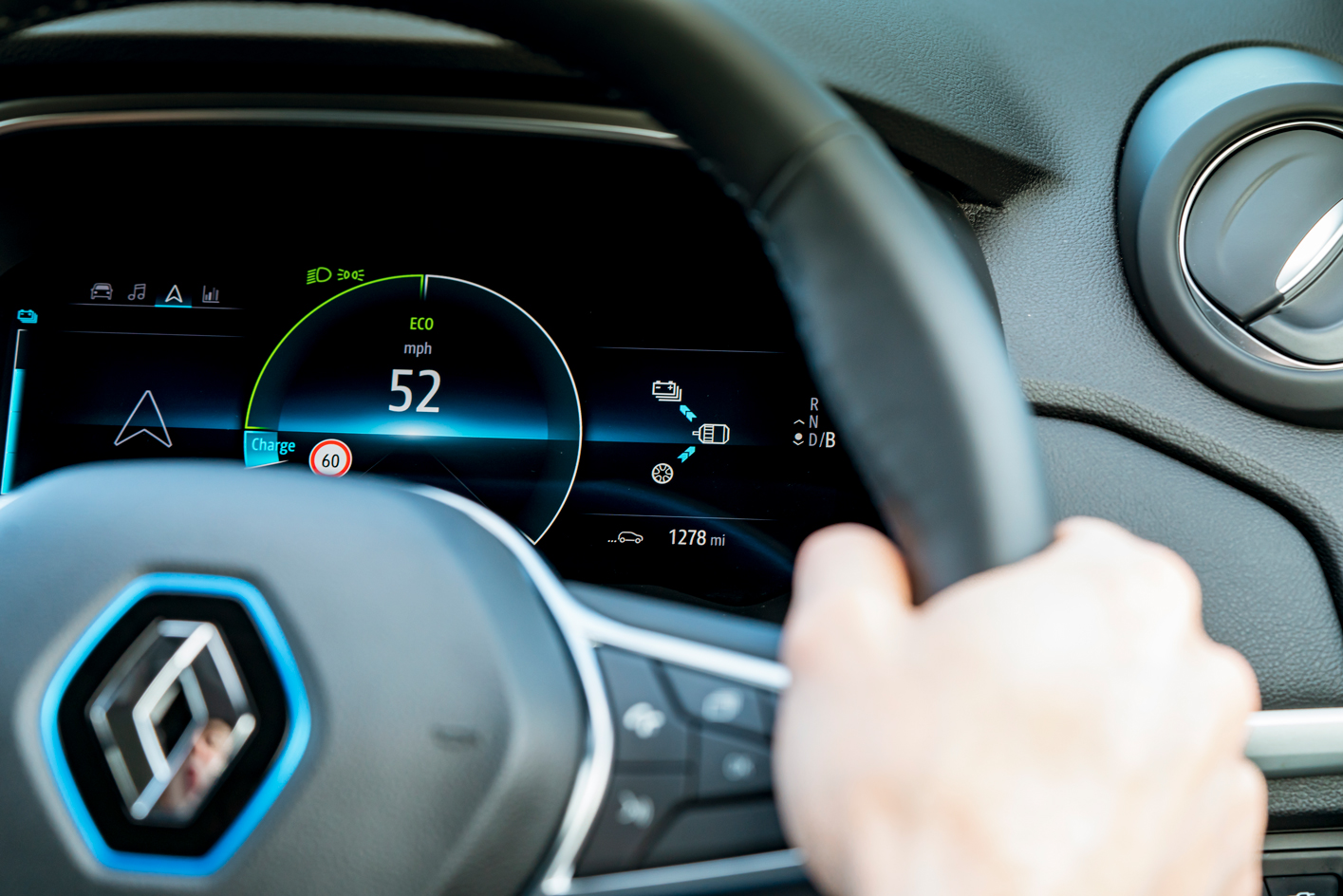
Like almost all electric cars, using the ZOE is simplicity itself, with a special ‘B’ mode that maximises regenerative braking and makes driving a one-pedal affair. It is a substantially smaller car than some of its better-known rivals, which makes it well suited to short urban hops, but there’s still enough juice in reserve for a weekend out of town. At this point electric cars are part of the mainstream and even detractors can’t deny that range is becoming less anxiety inducing. Given the huge role that unassuming French hatchbacks played in popularising the automobile in the second half of the 20th century, it’s heartening to see the diamond badge grace such an effective and likeable driving machine.
INFORMATION
Wallpaper* Newsletter
Receive our daily digest of inspiration, escapism and design stories from around the world direct to your inbox.
Jonathan Bell has written for Wallpaper* magazine since 1999, covering everything from architecture and transport design to books, tech and graphic design. He is now the magazine’s Transport and Technology Editor. Jonathan has written and edited 15 books, including Concept Car Design, 21st Century House, and The New Modern House. He is also the host of Wallpaper’s first podcast.
-
 Giant rings! Timber futurism! It’s the Osaka Expo 2025
Giant rings! Timber futurism! It’s the Osaka Expo 2025The Osaka Expo 2025 opens its microcosm of experimental architecture, futuristic innovations and optimistic spirit; welcome to our pick of the global event’s design trends and highlights
By Danielle Demetriou
-
 The new Polaroid Flip unfolds to bring you pin-sharp instant photography
The new Polaroid Flip unfolds to bring you pin-sharp instant photographyPolaroid announces the Flip, an instant camera that blends its evergreen film technology with better results and more control
By Jonathan Bell
-
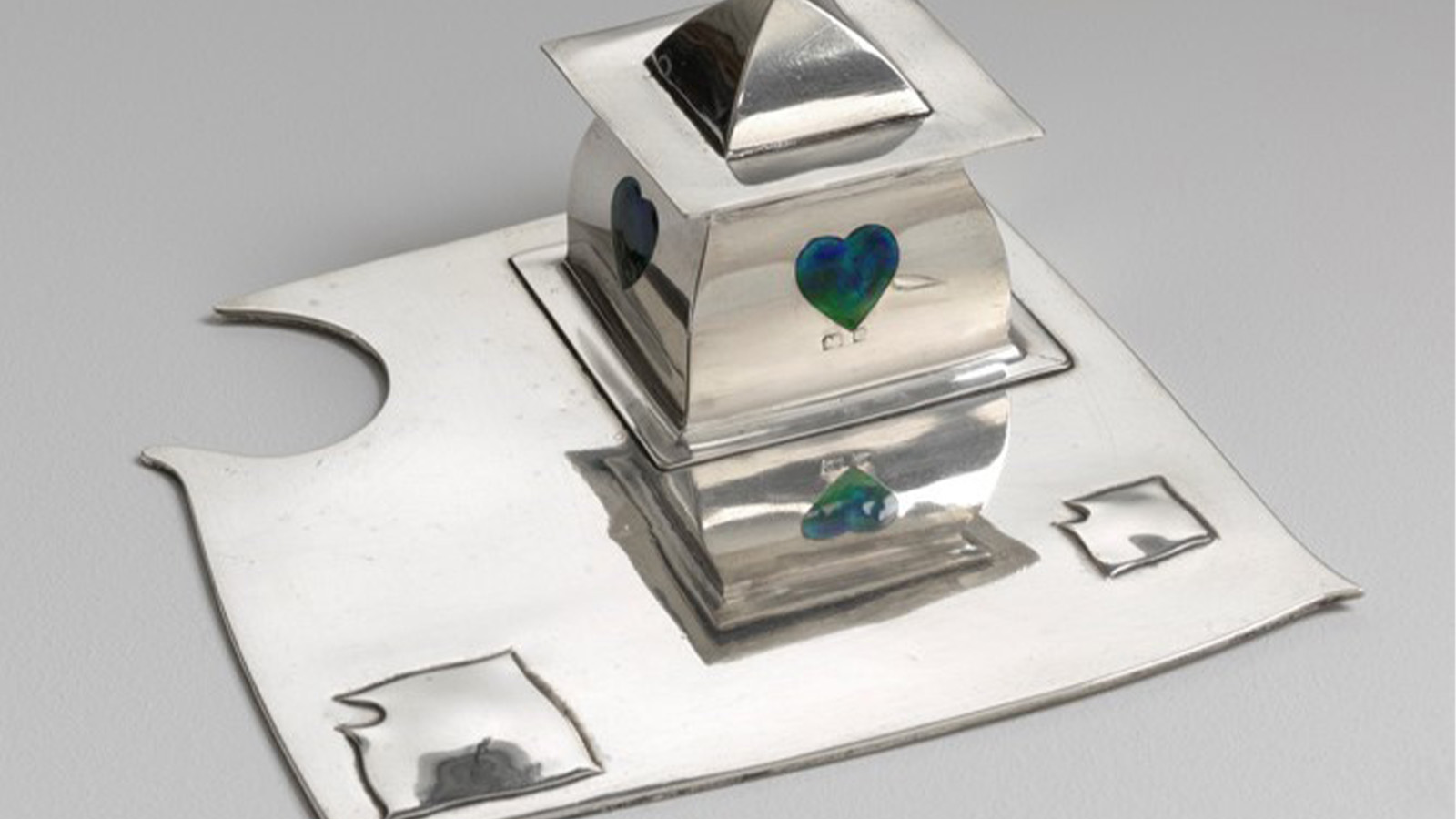 On the Isle of Man, the secret history of designer Archibald Knox is revealed
On the Isle of Man, the secret history of designer Archibald Knox is revealedThe mysterious life and works of local designer Archibald Knox is celebrated in a retrospective at Manx Museum, spanning silverware, furniture, clocks and more
By Emma O'Kelly
-
 2025 Seoul Mobility Show report: all that's new and notable
2025 Seoul Mobility Show report: all that's new and notableOpened at a time of high national drama, the 2025 Seoul Mobility Show has gone on to underscore Korea’s place at the cutting edge of the auto industry. Guy Bird was there
By Guy Bird
-
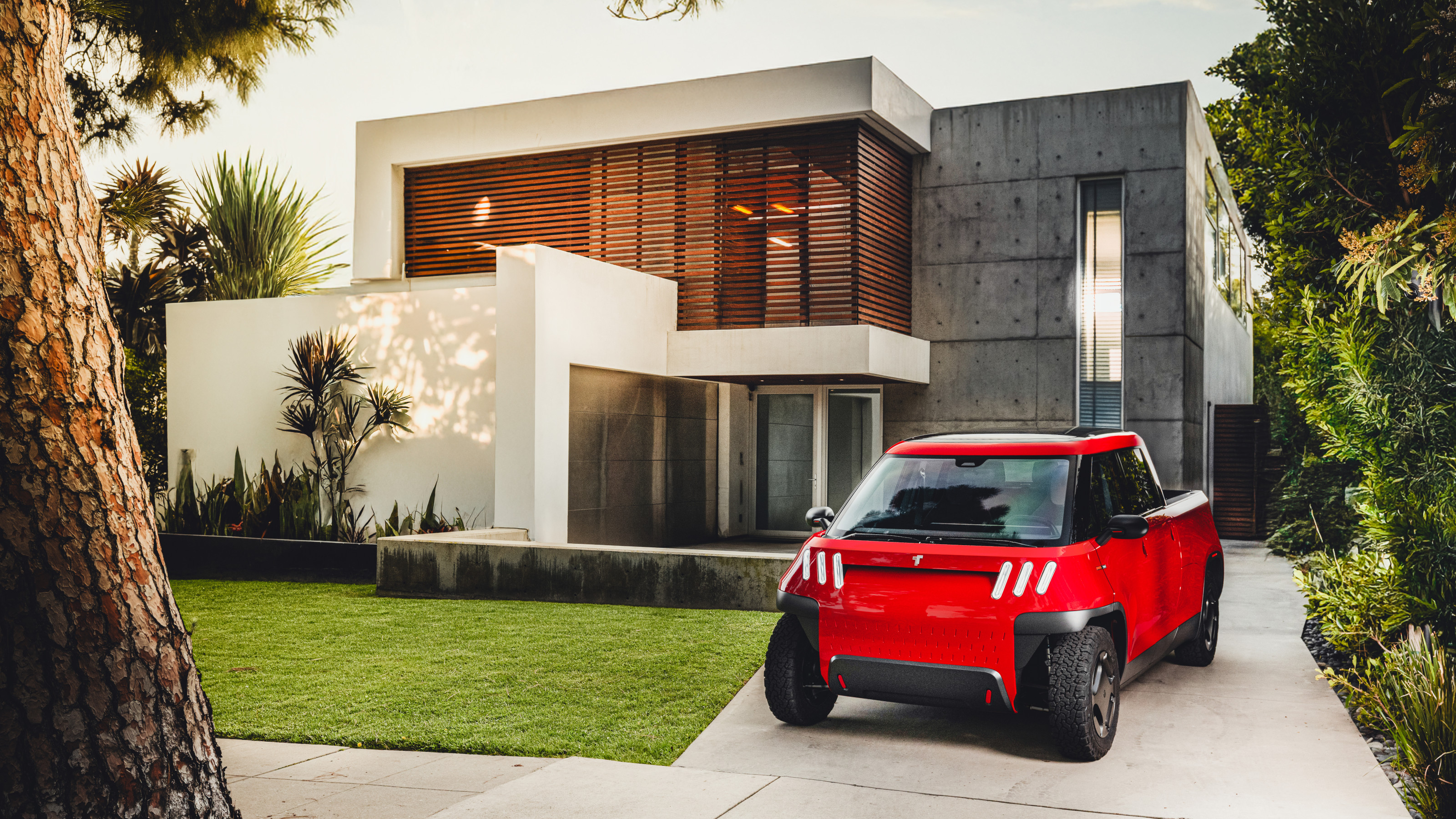 Meet the final drivable prototype of the Telo MT1 pickup truck, shaped by Fuseproject
Meet the final drivable prototype of the Telo MT1 pickup truck, shaped by FuseprojectThe Telo MT1 is a modestly scaled EV that turns the traditional all-American approach to pick-up truck design on its head
By Jonathan Bell
-
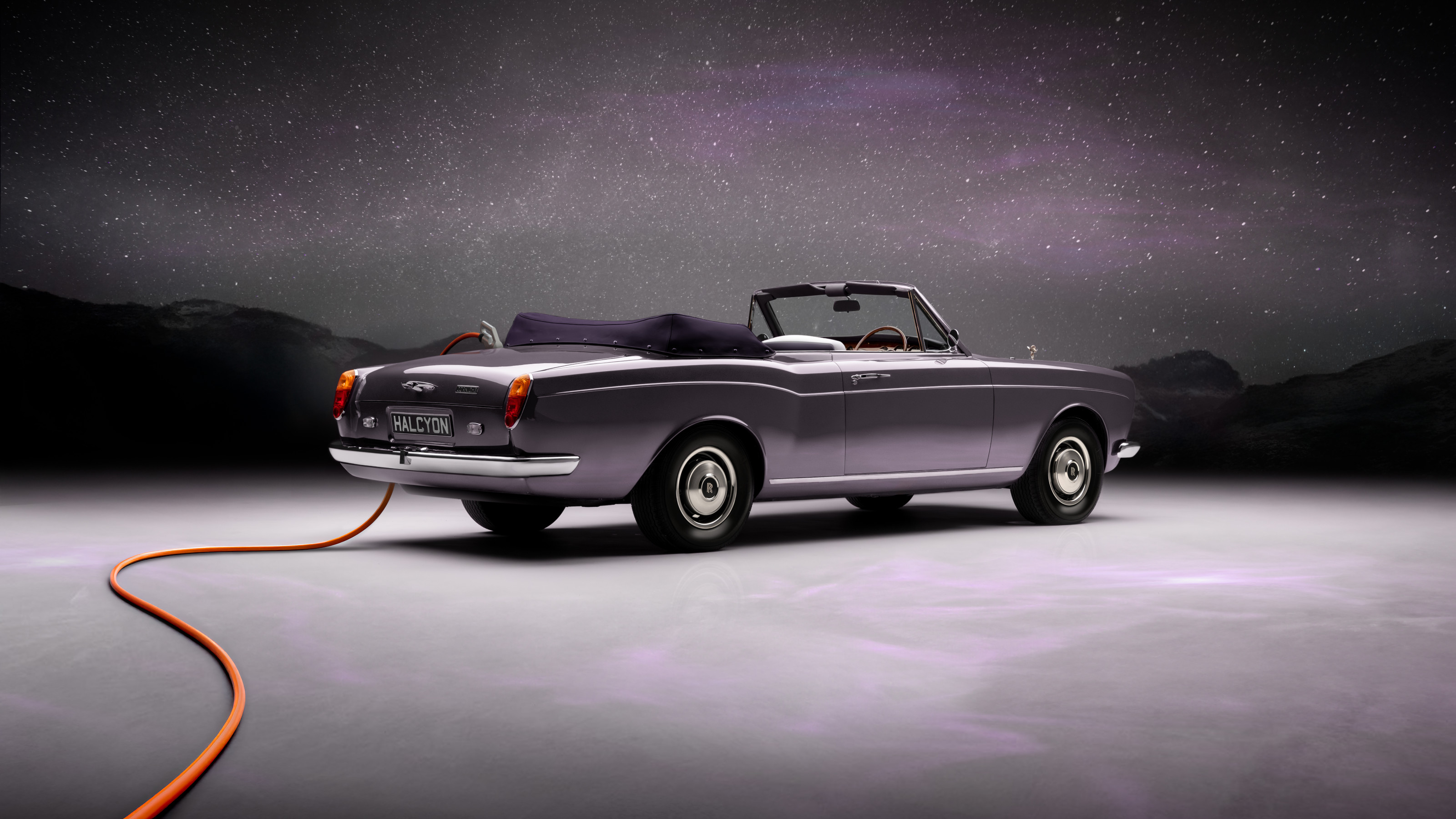 EV start-up Halcyon transforms a classic 1970s Rolls-Royce into a smooth electric operator
EV start-up Halcyon transforms a classic 1970s Rolls-Royce into a smooth electric operatorThis 1978 Rolls-Royce Corniche is the first fruit of a new electric restomod company, the Surrey-based Halcyon
By Jonathan Bell
-
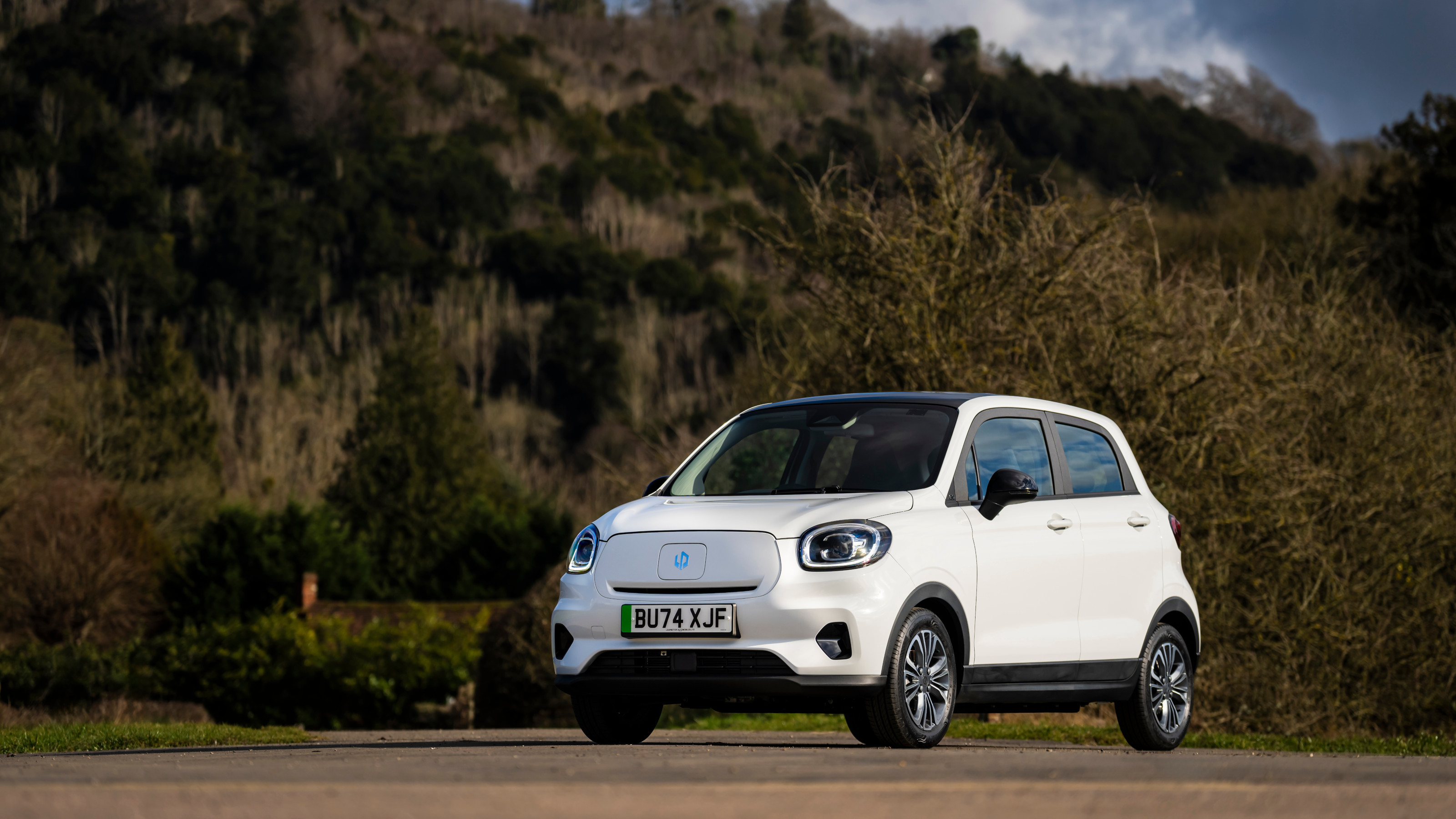 China’s Leapmotor pounces on the European car market with its T03 city car and C10 SUV
China’s Leapmotor pounces on the European car market with its T03 city car and C10 SUVLeapmotor’s tiny electric city car could be just the tonic for cramped urban Europe. We sample the T03 and its new sibling, the fully loaded C10 SUV, to see if the company’s value proposition stacks up
By Jonathan Bell
-
 Wallpaper* takes the wheel of the Bentley Blower Jnr for a rich automotive experience
Wallpaper* takes the wheel of the Bentley Blower Jnr for a rich automotive experienceHedley Studios has shrunk the mighty Bentley Blower into this all-electric, road-legal barnstormer. We take it to the streets of London
By Jonathan Bell
-
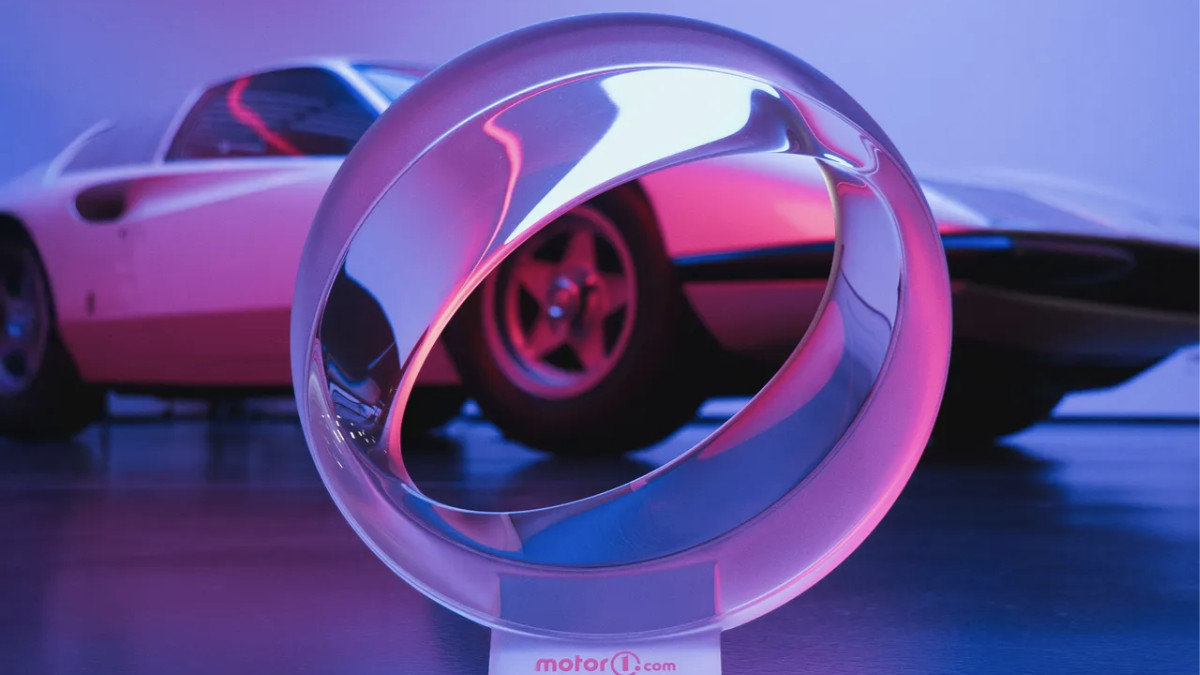 We are the world: Pininfarina’s ‘Orbis’ taps Papal support for an eco-friendly agenda
We are the world: Pininfarina’s ‘Orbis’ taps Papal support for an eco-friendly agendaThe Orbis is a ‘symbolic object’, a gift to Pope Francis from the Italian design agency at a time of political upheaval and social fracture around all aspects of sustainability
By Jonathan Bell
-
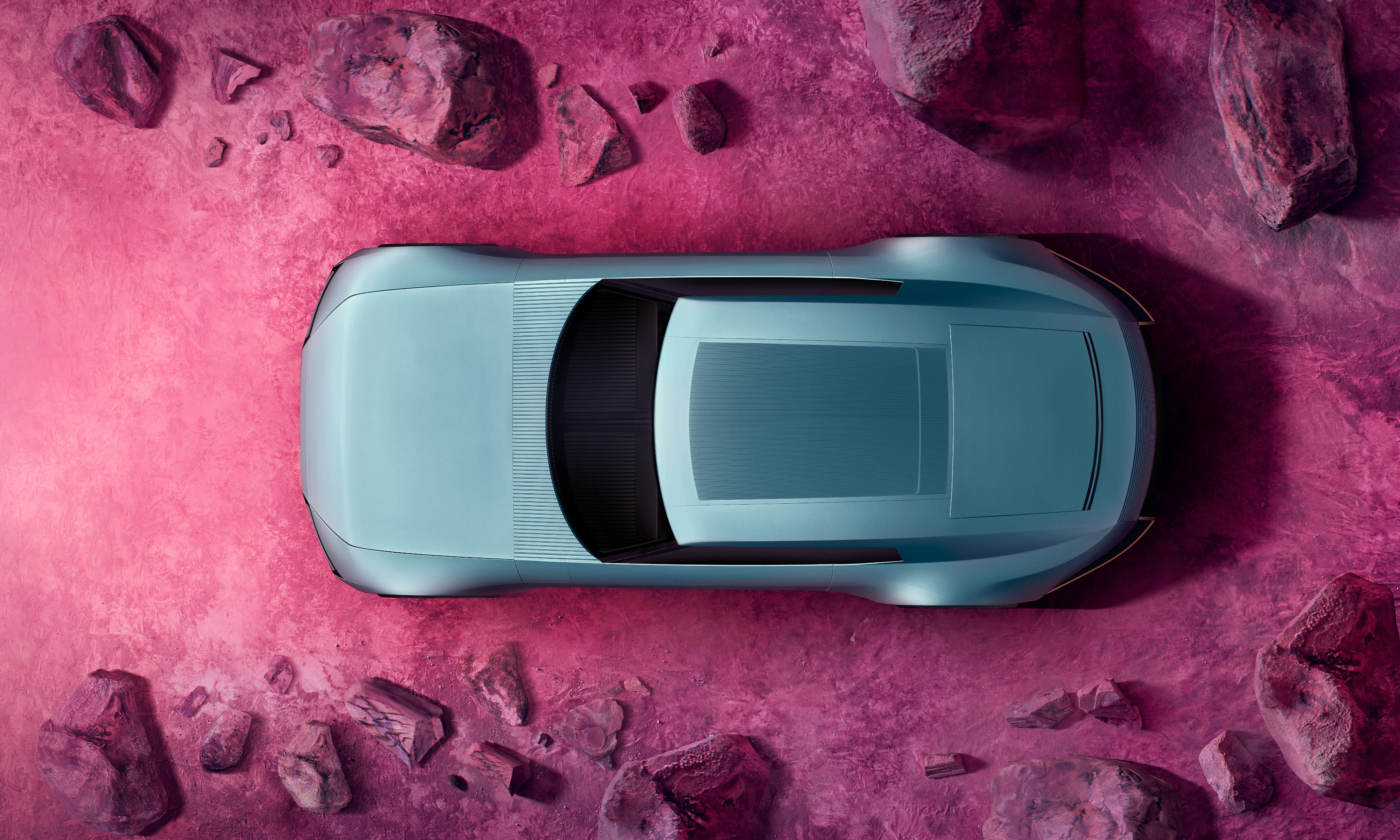 The top 10 concept cars of 2024, as selected by Wallpaper’s Transport Editor
The top 10 concept cars of 2024, as selected by Wallpaper’s Transport EditorWe round up our favourite forays into futuristic design with this collection of concepts and design studies showcasing the transport of tomorrow
By Jonathan Bell
-
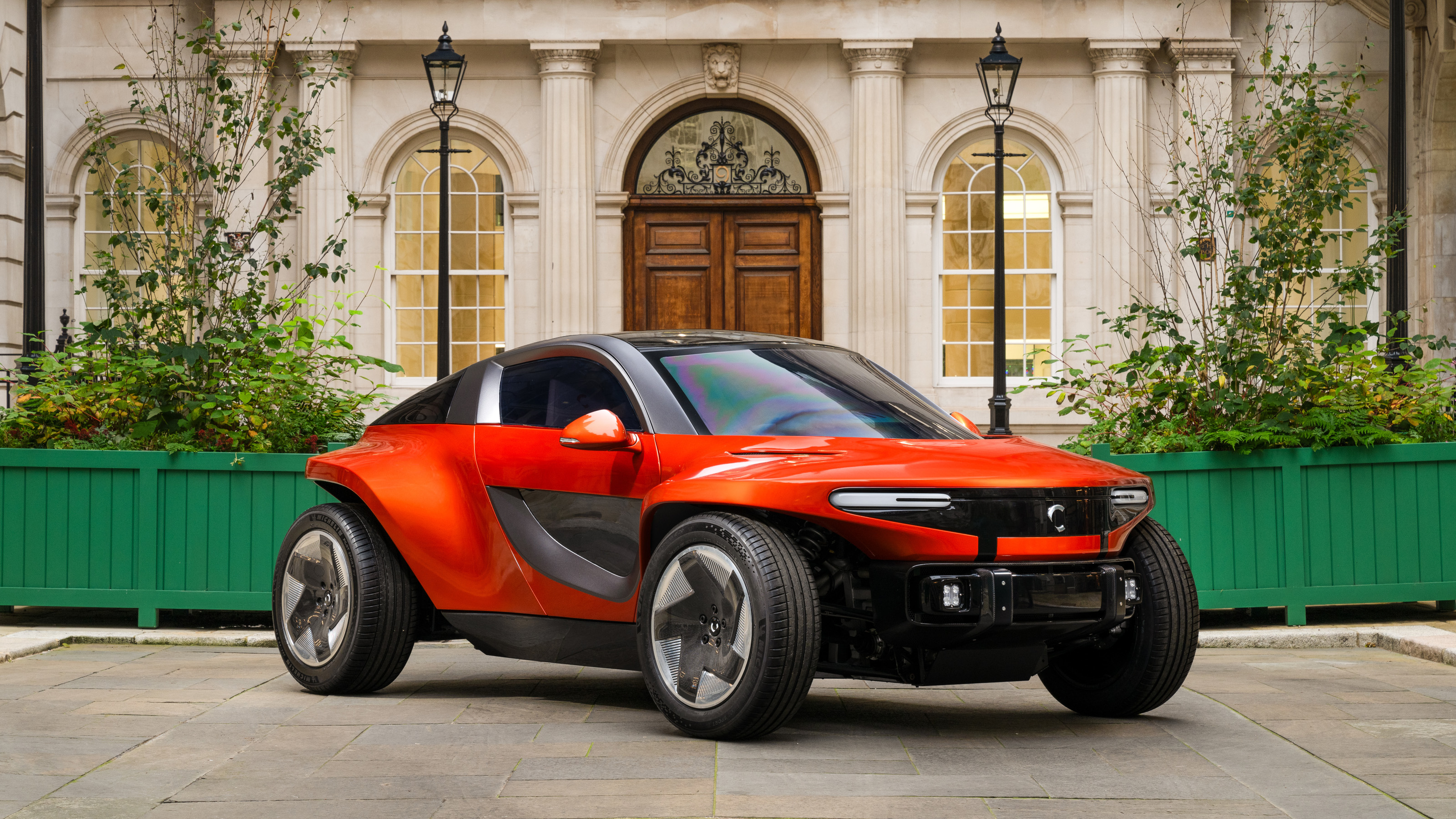 The exclusive Callum Skye EV reveals its interior style ahead of a 2025 launch
The exclusive Callum Skye EV reveals its interior style ahead of a 2025 launchThe Skye is a bespoke sporting EV with a lightweight ethos and an unconventional design. The forthcoming car now has a fully finished interior
By Jonathan Bell